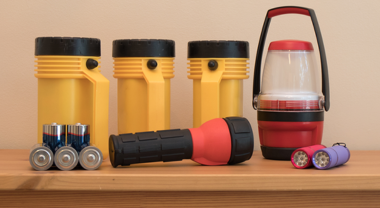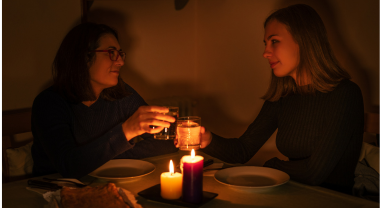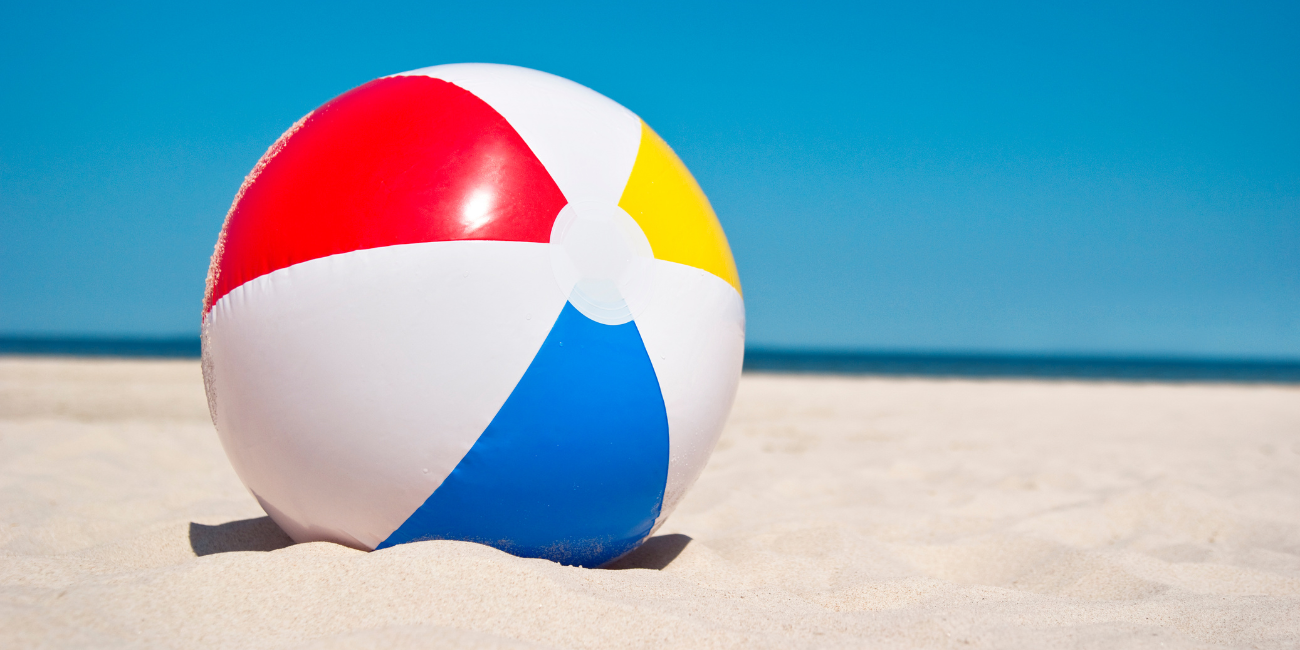Get notified of heat and other extreme weather warnings.
When the outdoor temperature and humidity are high, it can be hard for our bodies to keep cool and not overheat. Extreme heat events can cause sunburns, dehydration, heat exhaustion, heat stroke and in some cases, even death.
People at higher risk of getting sick from the heat include:
- infants
- older adults
- pregnant people
- people who work or exercise outdoors
- people with pre-existing health conditions
- people experiencing homelessness
- people without access to air conditioning
Heat-related illnesses are preventable. Follow our tips below during a heat warning/advisory to help keep yourself and loved ones cool, safe and healthy.
Beat the Heat this Summer.
Prepare.
- Wear a hat, light and loose-fitting clothing, sunscreen, and sunglasses when outside.
- Bring a parasol, or an umbrella and water when leaving home in case you need to wait outdoors in the heat, such as in a lineup.
- Keep your home cool by closing blinds and curtains on any windows facing the sun.
- Drink plenty of water and avoid alcohol and caffeine.
- Talk to your doctor, nurse, or pharmacist if you are taking medications, as some can make it harder to control body temperature.
- Make sure to consult with your doctor if you are on a restricted fluid intake.
- Discuss your health needs with your employer if your work demands will expose you to the heat.


Tips for building your emergency plan, and what to do when severe weather hits.

Take it easy.
- Avoid unnecessary strenuous work or activity outside, especially between 10 and 4 p.m. If work must be done, take frequent water breaks in the shade.
- If you're wearing a mask and undertaking physical exertion in the heat, a mask can make the effort more difficult. Lower the intensity and/or amount of work, and/or take more rests and cooling breaks if needed.
- If you're breastfeeding, feed according to your child’s cues and drink plenty of water. Reach out to the nurses on our Family Health Information Line for more information on caring for your little ones during the heat.
Cool down!
- Cool off in a public air-conditioned space such as the mall, library, or local community centre, in the shade, or at one of our district's public beaches, pools or splash pads.
- Take cool baths and showers as often as needed, or soak hands and feet in cool water.
- If you cannot shower or bath easily, sponge often with cool wet towels. Focus on cooling the back of the neck, under the arms and groin area.
- Open windows at night once the outdoor air is cooler than the indoor air; close windows in the morning before hotter air comes in.
- Use fans at night to help exhaust warm indoor air and/or bring in cool outdoor air.
- Use a fan and mist your skin with water.
More tips on fan use |
DO...
DON'T...
If you don’t have air conditioning, but have one or more large fans:
This may not be enough when the humidity is very high, it is very hot, or your body doesn’t produce enough sweat. In these situations, you may have to seek a cool shelter. |

Beaches
Each summer, we sample the waters of local beaches to make sure they are safe for you to swim in.
Stay connected, and care for others.
- NEVER leave children, the elderly or pets unattended in a car, even with the windows open. The temperature will rise dangerously in only a few minutes.
- Stay connected with people in your community who may have a difficult time coping with hot weather and those who live alone. Check on them often.
- Keep in daily contact with friends and family to let them know how you are feeling. Ask for help if the hot weather is making you feel uncomfortable.
- Listen to the radio for information about cooling stations, emergency reception centres and other guidance.
-
Watch for signs of sunburn, dehydration, heat exhaustion and heat stroke, and speak with your healthcare provider if you feel unwell.
- For non-urgent medical advice, contact Health811.
Heat-Related Illnesses
Sunburn |
|
|
|
Dehydration |
|
|
Severe dehydration can easily become a life-threatening condition for infants and the elderly. Causes of Dehydration
How to Prevent Dehydration
Signs of Dehydration
What to do if you're dehydrated
|
|
Heat Exhaustion |
|
|
|
Heat Stroke |
|

Air Quality
High air pollution and UV index levels often occur during hot weather conditions.
People with breathing and heart problems, and parents and caregivers of children, should pay attention to the hourly Air Quality Health Index.


